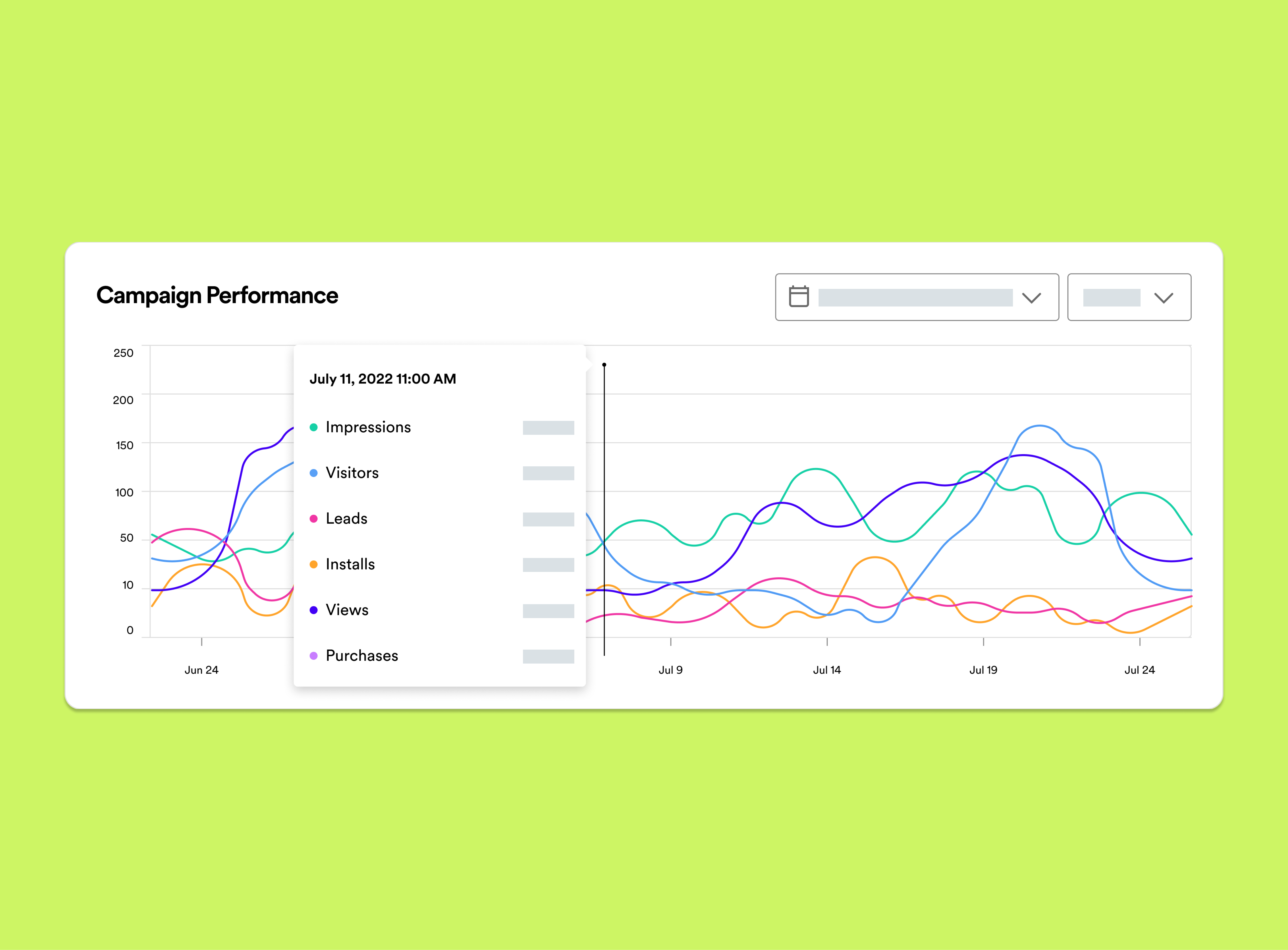Attribution is the measurement of people’s actions on your website after they hear your ad.
What is Attribution?
Attribution is the act of assigning credit to media exposures for conversions, or the actions taken on your website. Spotify Ad Analytics helps you track conversions with the Spotify Pixel and assigns recognition evenly along the path to conversion, which is also known as a linear or partial attribution model. Attribution allows you to accurately report conversion totals of all campaigns that are measured in Spotify Ad Analytics.
Answer questions like:
- How many of those exposed to your ads visited your website?
- How many app downloads did you receive in connection with your audio advertising?
- Of the ten podcasts you advertised on, which drove the most to purchase items on your website?
How it works:
- First, Spotify Ad Analytics receives impression data on the ads being delivered and conversion data available via the Spotify Pixel or one of our third-party integrations.This relies on IP addresses, which is the primary identifier available in podcast and audio advertising, as well as first-party cookies associated with your website. You can learn more about the data collected by Spotify Ad Analytics to perform attribution by visiting our Privacy Policy, as well this help center article.
- Next, we filter the signals we receive to identify unique household IP addresses from other IP address types. Conversions can happen up to 30 days after a person is exposed to your ad. IP addresses have different connection types (i.e., household, cell-tower, commercial) based on where your audience is located and each connection type has a unique default attribution lookback window. Brands can also customize their attribution window in Spotify Ad Analytics. This data allows Spotify Ad Analytics to model the campaign's attribution reach through a cross-device graph and based on our analysis of such. Learn more about this process here.
- In order to encapsulate the full performance of the campaign, Spotify Ad Analytics models the results. This is done using a multiplier: by looking at the total number of unique IP addresses divided by the number of unique household IP addresses for a given line-item. For advertisers who only want deterministic attribution, modeling can be turned on or off in the dashboard. Learn more about modeled vs. unmodeled results here.
- Within a few days of campaign start, you'll start to see attribution data populate in your dashboard. Spotify Ad Analytics performs attribution once per day, so it's important to analyze results after your campaign has ended and the attribution lookback window has closed.
Frequently Asked Questions
- Who can use Attribution?
Attribution is available to all advertisers who have installed the Spotify Pixel on their website or are using one of our approved integrations in order to track conversions, and who have accepted the Spotify Ad Analytics Terms of Service and Privacy Policy. - What types of media can be measured?
You can measure attribution across all Spotify media, including audio, video, and display ads, across both music and podcasts. You can also measure audio ads across non-Spotify media. - Am I able to adjust my attribution lookback window?
The lookback window determines how far back in time an ad is eligible for attribution. Brands are able to adjust the attribution lookback window in their campaign dashboard. Default lookback windows are based on IP address type:- Household IPs: 30-days
- Cable/DSL/Dial-up IPs: 30-days
- Cell-Tower IPs: 2 hours
- Corporate IPs: 1 day

